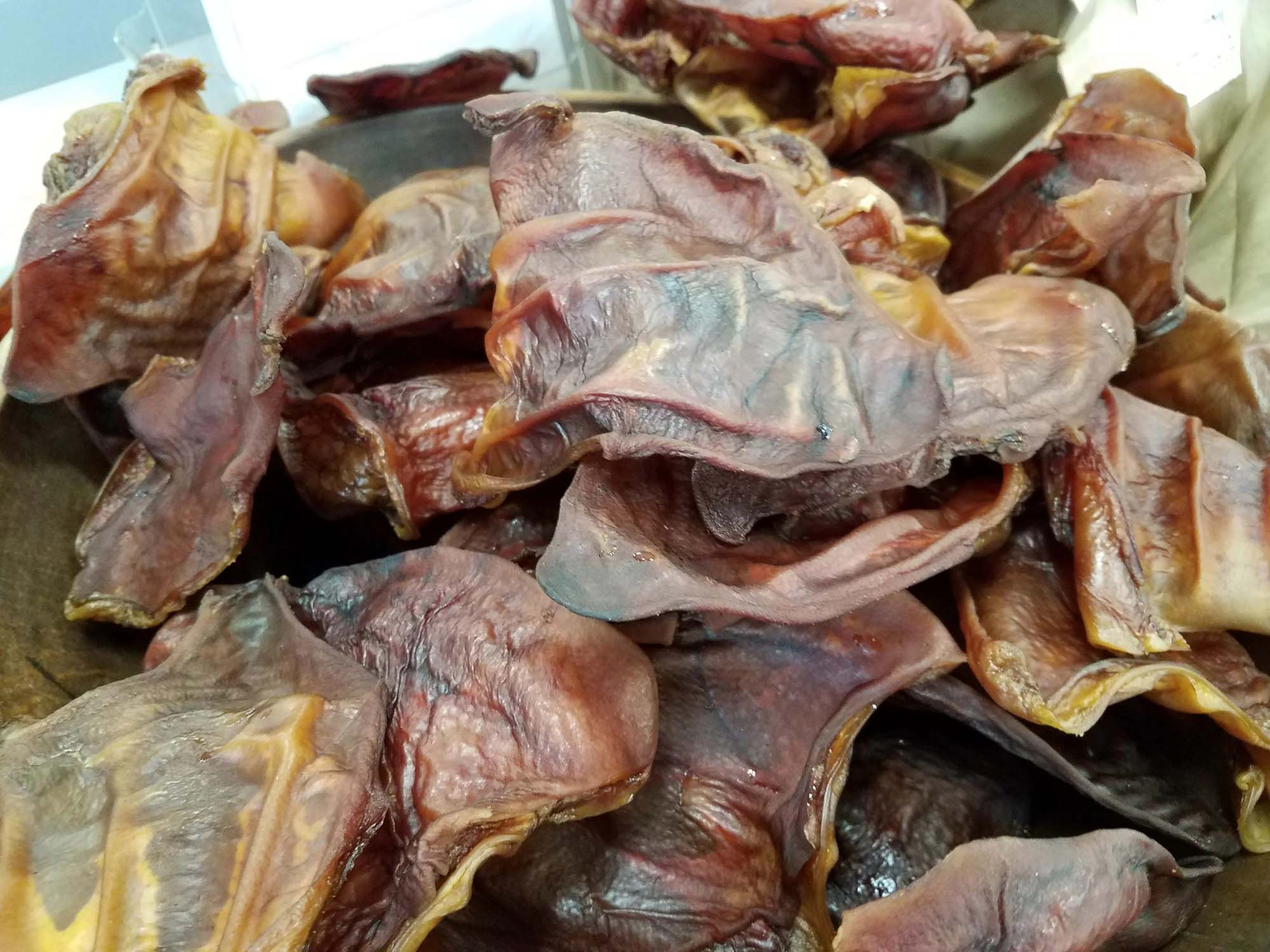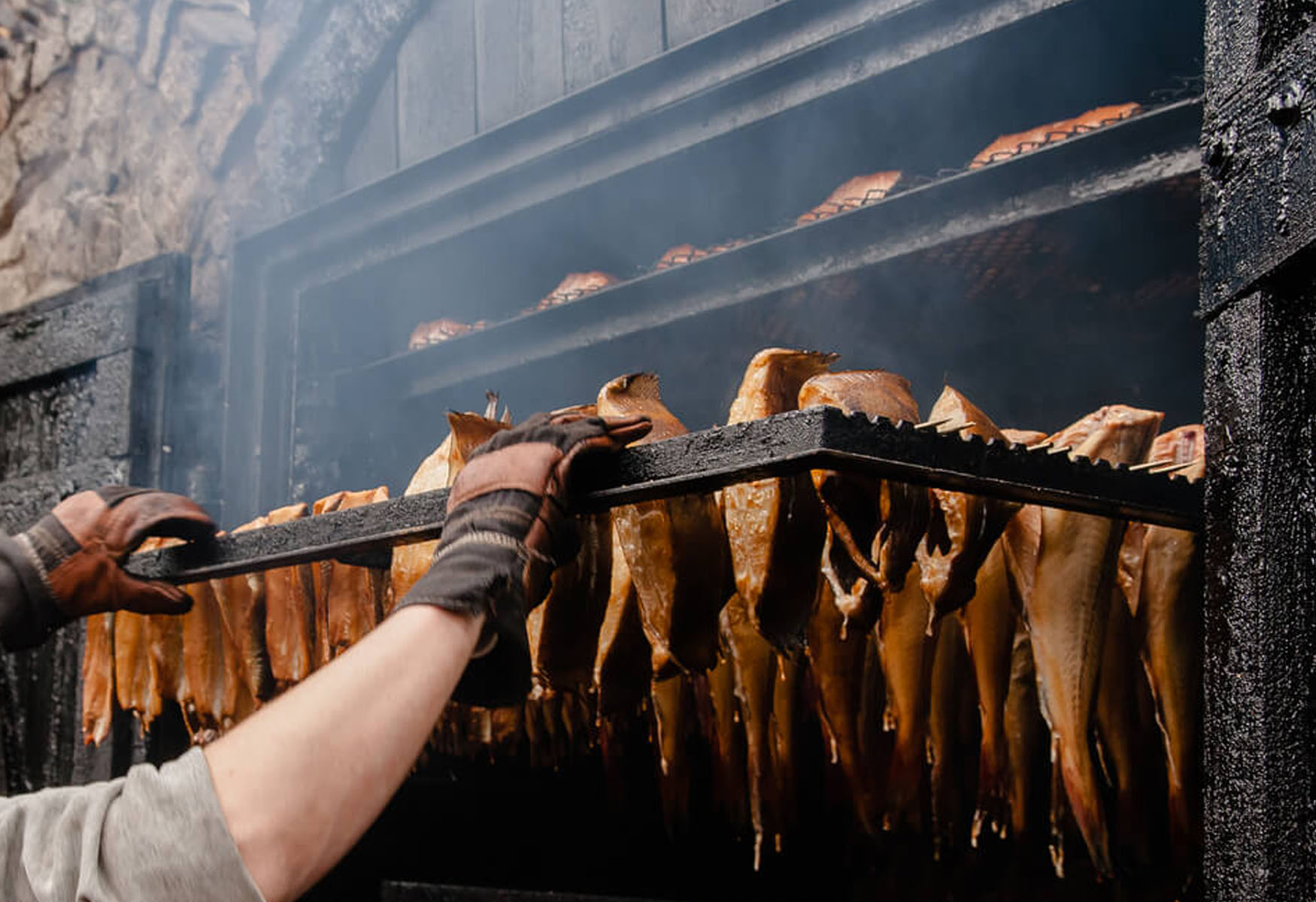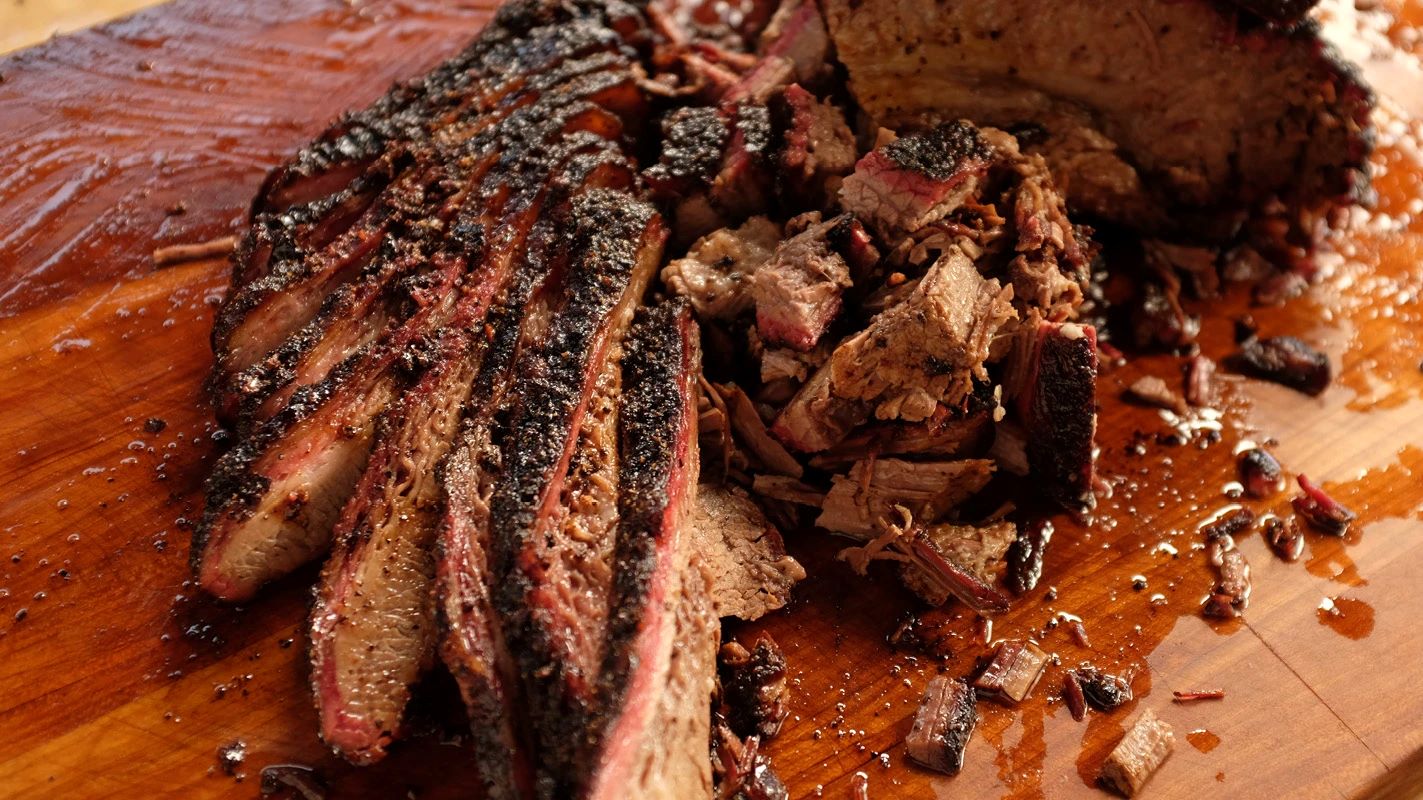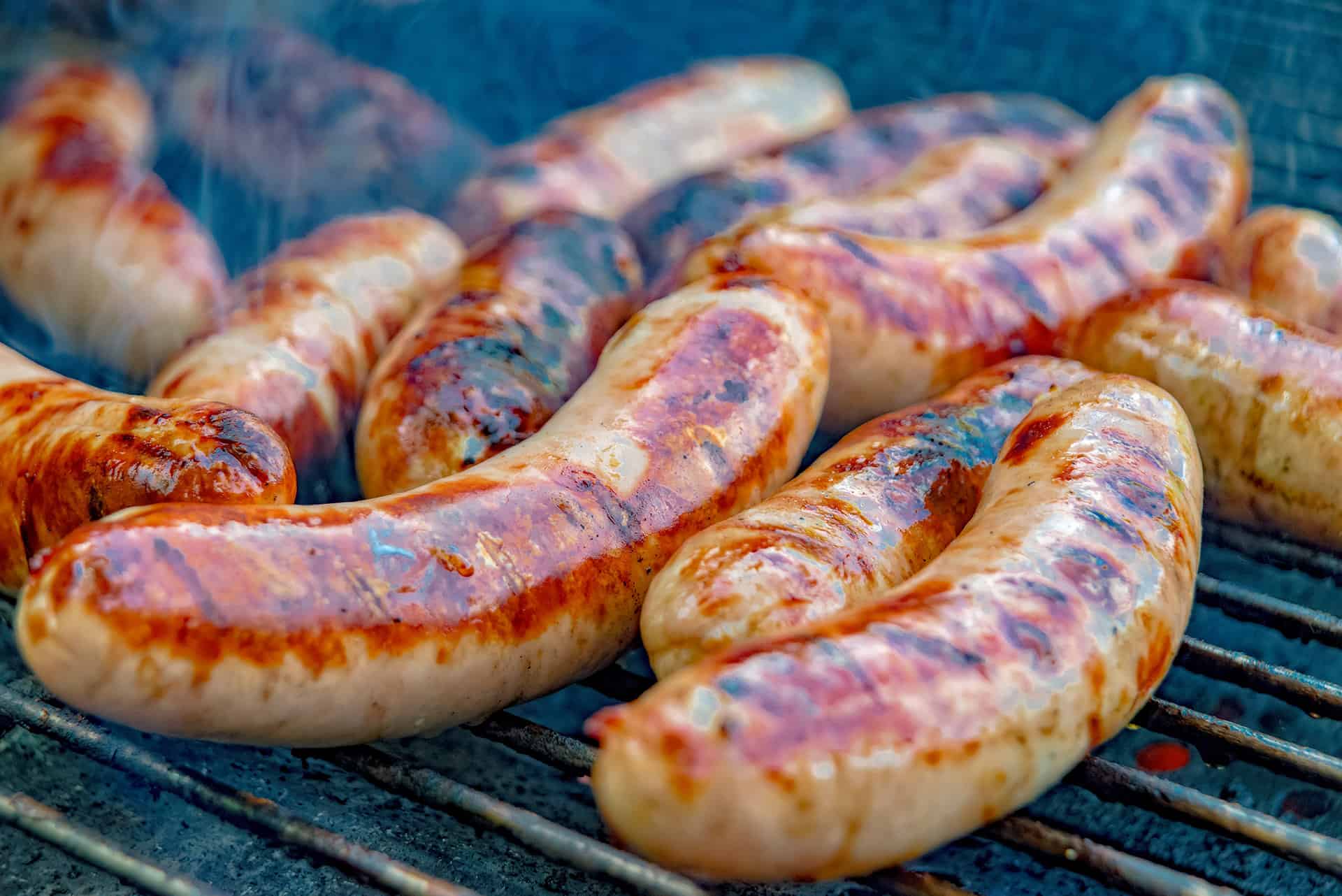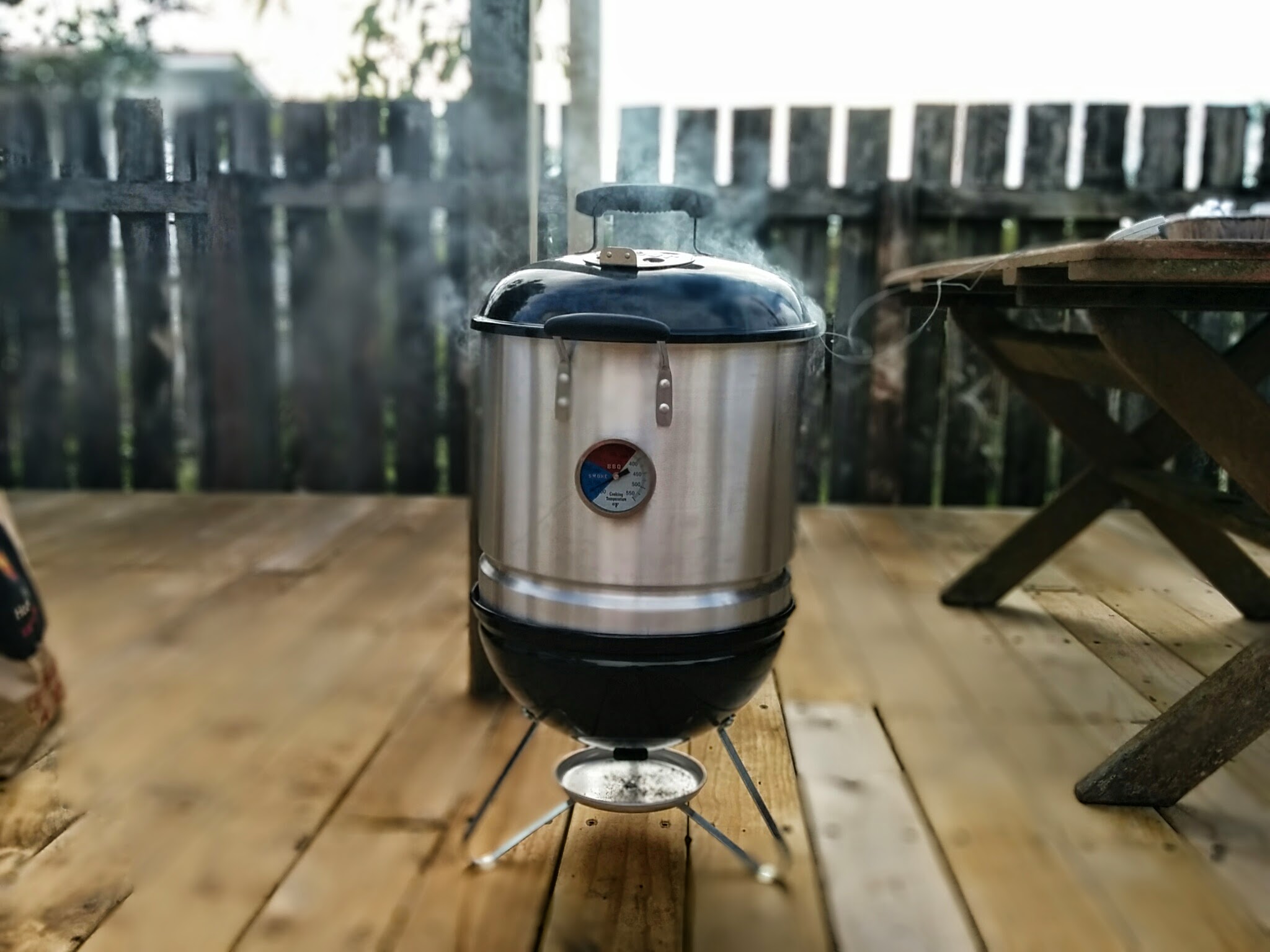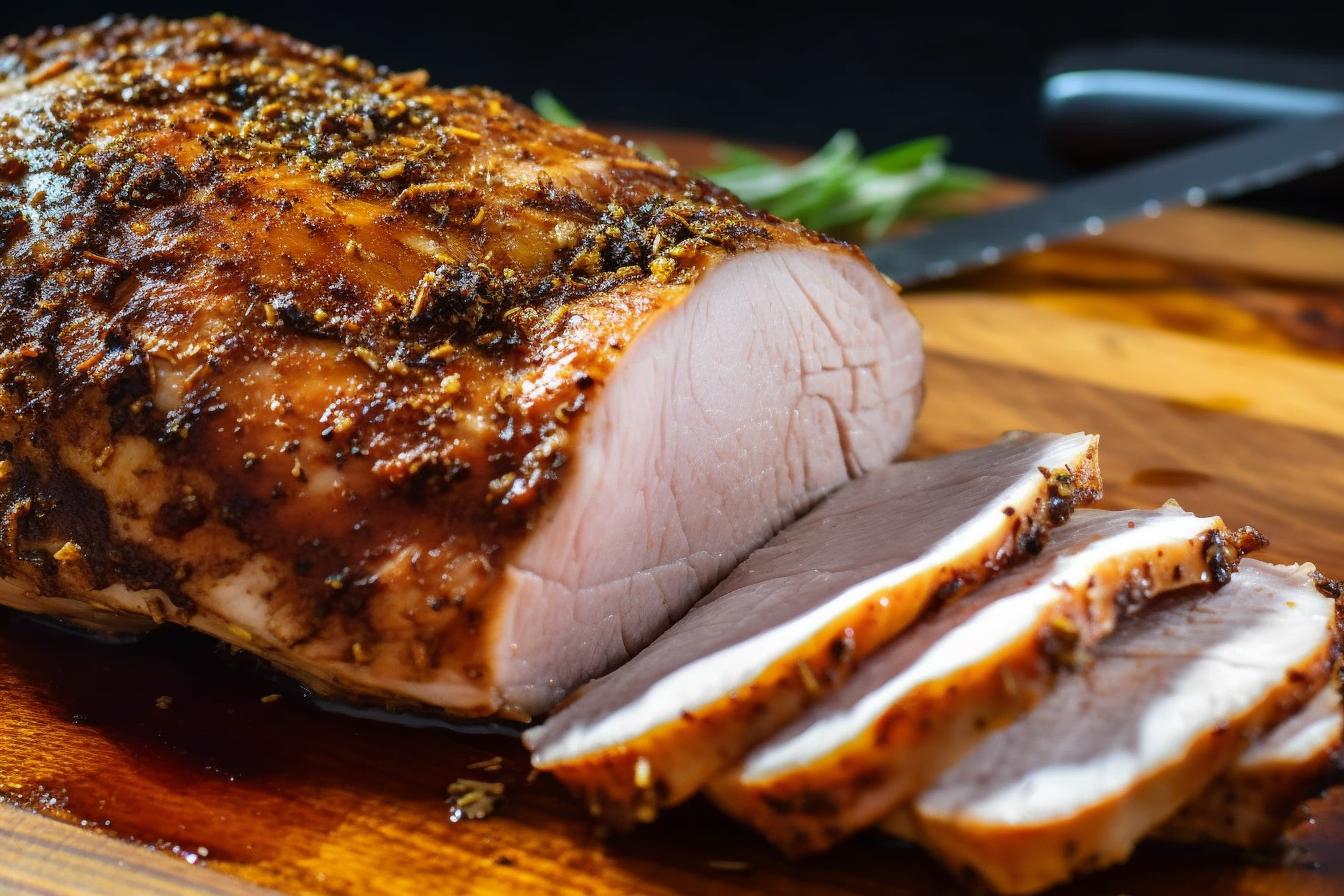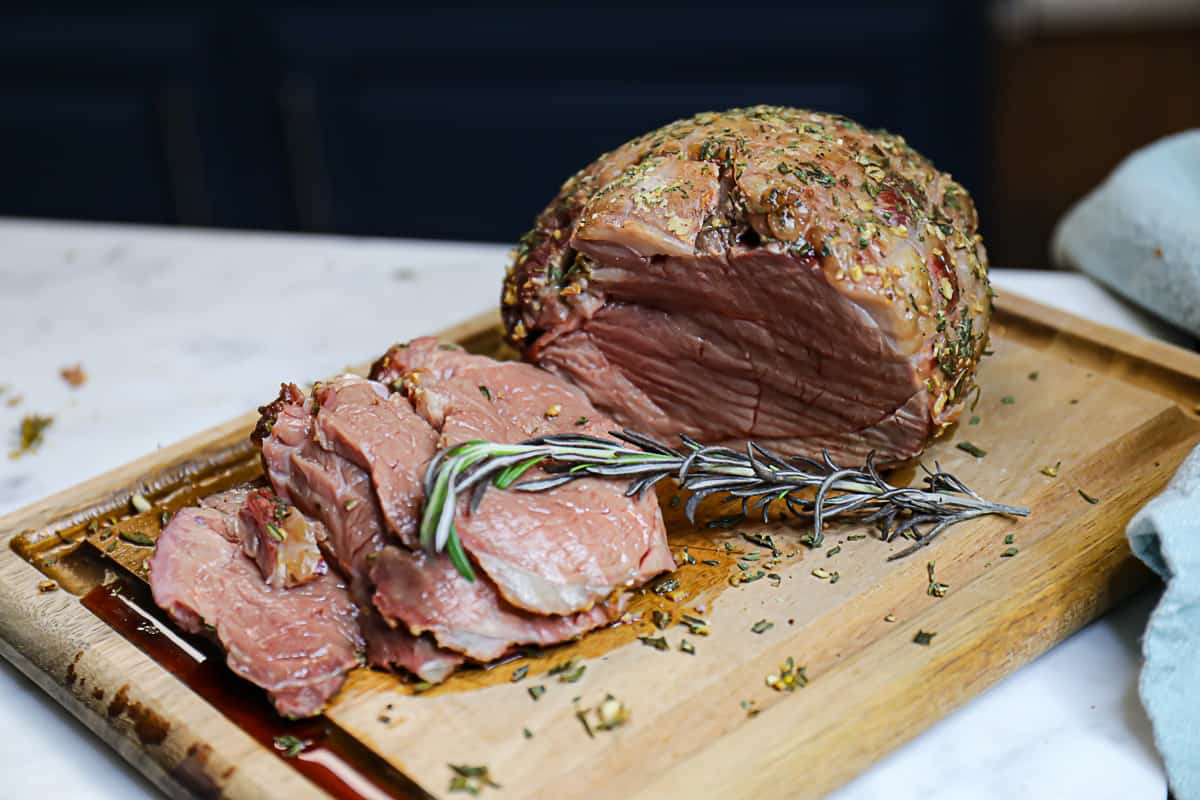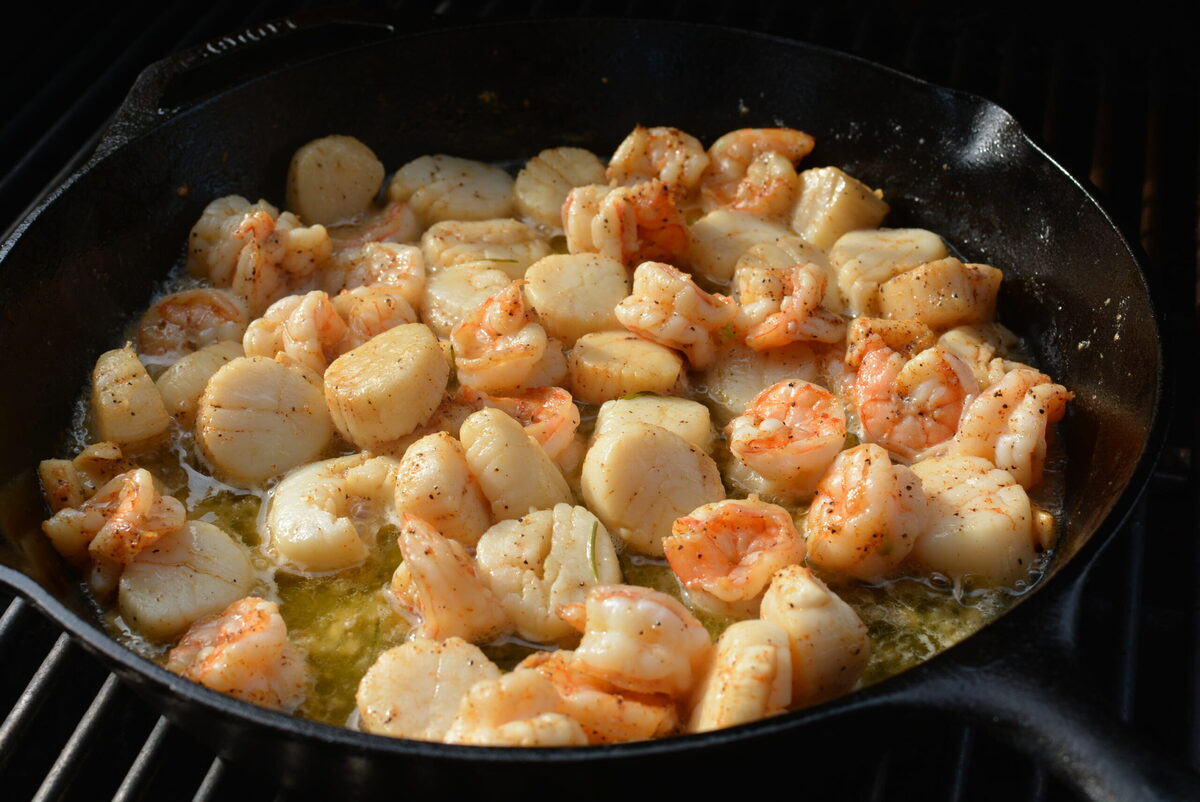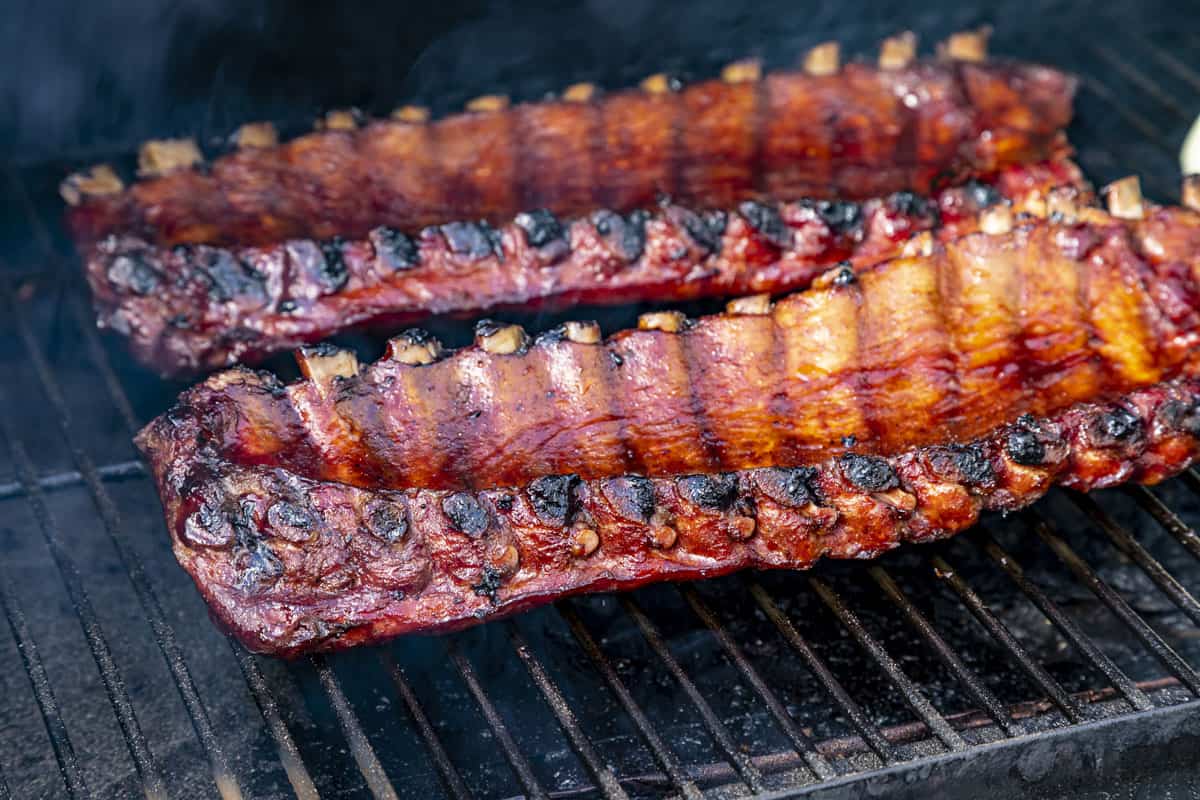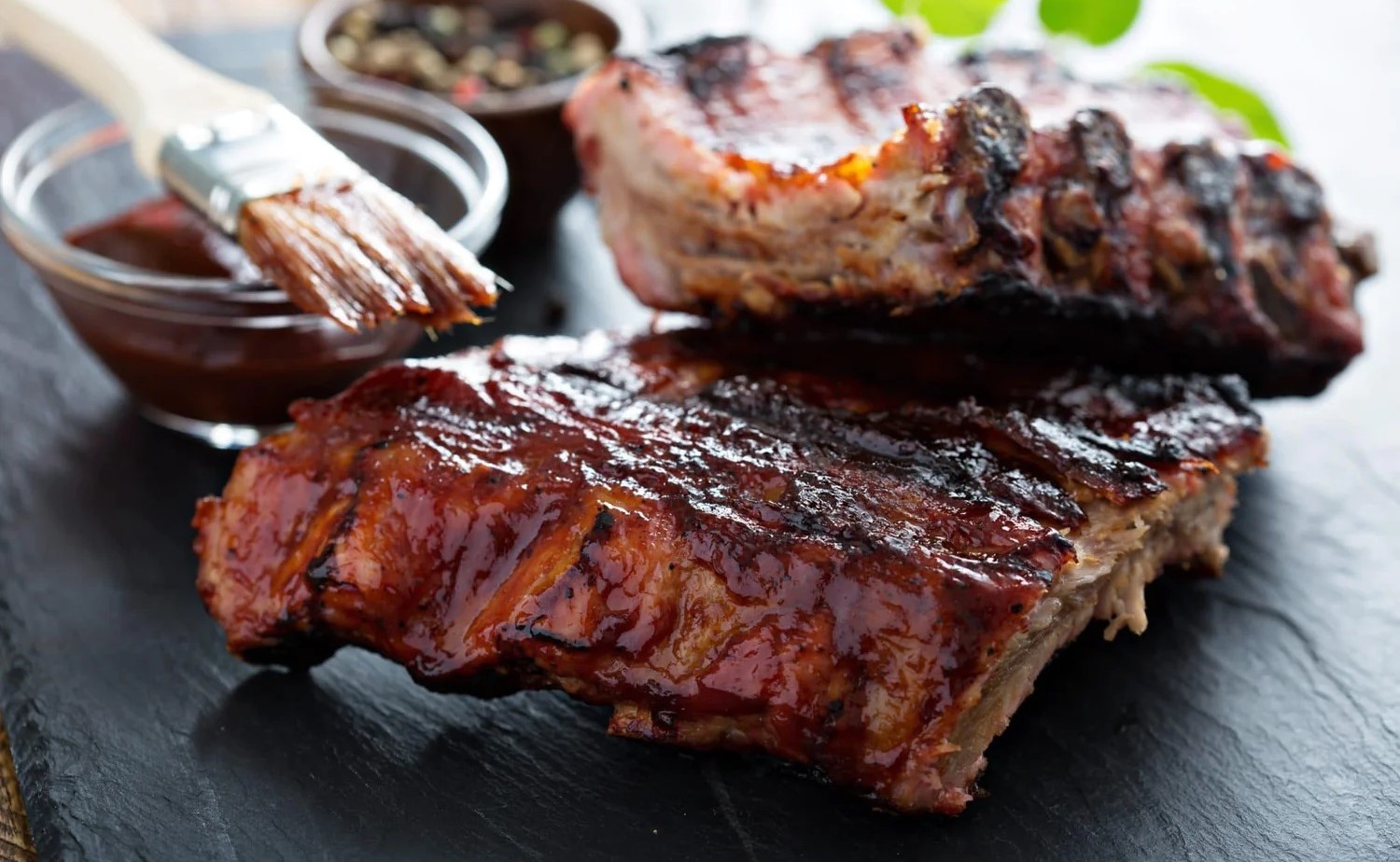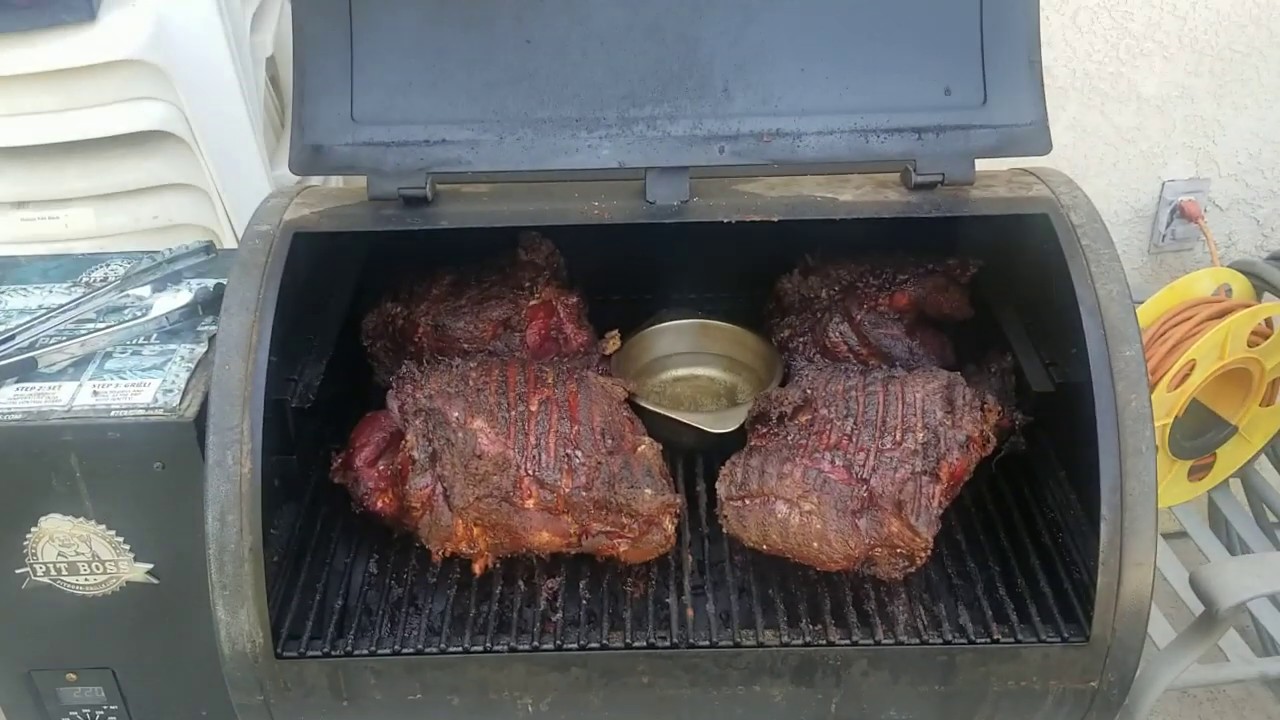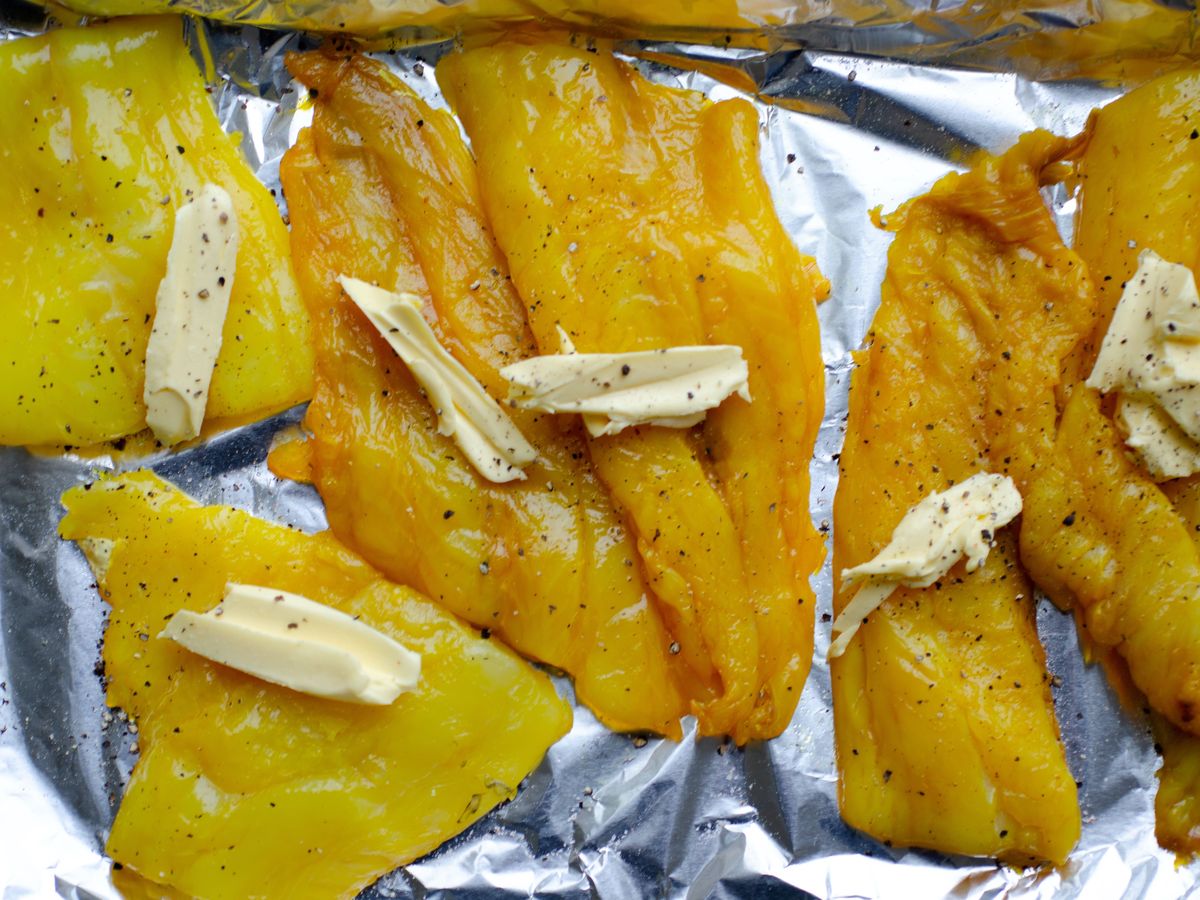Smoking Foods in a Propane Smoker: A Beginner’s Guide
Smoking food in a propane smoker can be a delicious and rewarding experience. Whether you’re a novice or an experienced griller, using a propane smoker to infuse your favorite foods with rich, smoky flavor is a great way to elevate your culinary skills. In this guide, we’ll walk you through the basics of smoking foods in a propane smoker, from preparing your smoker to mastering the art of smoking different types of foods.
Preparing Your Propane Smoker
Before you start smoking, it’s important to ensure that your propane smoker is clean and in good working condition. Here’s a step-by-step guide to preparing your smoker:
- Check the Gas Supply: Make sure your propane tank is full and properly connected to the smoker.
- Clean the Interior: Remove any leftover ash or debris from previous smoking sessions. Wipe down the interior with a damp cloth.
- Season the Smoker: If you’re using a new smoker, it’s essential to season it before your first use. This process helps remove any manufacturing residues and prepares the smoker for optimal performance.
- Add Wood Chips: Choose your favorite wood chips, such as hickory, apple, or mesquite, and add them to the smoker’s wood chip tray.
- Preheat the Smoker: Turn on the propane and preheat the smoker to the desired temperature, typically between 225-275°F (107-135°C).
Smoking Your Favorite Foods
Now that your smoker is prepped and ready, it’s time to start smoking! Different types of foods require different smoking techniques, so let’s explore how to smoke some popular options:
Smoking Meats
Meats are a classic choice for smoking, and the process can vary depending on the type of meat you’re preparing. Here are some general tips for smoking meats in a propane smoker:
- Brine or Marinade: Before smoking, consider brining or marinating the meat to enhance its flavor and tenderness.
- Use a Meat Thermometer: To ensure your meat is cooked to perfection, use a meat thermometer to monitor the internal temperature.
- Allow for Resting Time: Once the meat is done, let it rest for a few minutes before slicing and serving.
Smoking Vegetables
Vegetables can also benefit from the delicious infusion of smoke. Here’s how to smoke vegetables in your propane smoker:
- Prep the Vegetables: Clean and cut your favorite vegetables, such as bell peppers, zucchini, or mushrooms, into even-sized pieces.
- Season and Oil: Toss the vegetables in olive oil and seasonings of your choice before placing them in the smoker.
- Monitor Cooking Time: Keep an eye on the vegetables as they smoke, adjusting the temperature as needed to achieve the desired tenderness.
Smoking Seafood
Seafood, such as salmon or trout, can take on a delightful smoky flavor when prepared in a propane smoker. Here’s how to smoke seafood to perfection:
- Use a Cedar Plank: For an added layer of flavor, consider placing the seafood on a cedar plank before placing it in the smoker.
- Low and Slow: Smoke seafood at a lower temperature (around 200°F/93°C) for a longer period to achieve a tender, flaky texture.
- Watch for Flare-Ups: Seafood can be delicate, so keep an eye out for any flare-ups that could result in uneven cooking.
Mastering the Art of Smoking
Smoking foods in a propane smoker is as much an art as it is a science. With practice and experimentation, you’ll develop a keen understanding of how different woods, temperatures, and cooking times can influence the flavor and texture of your smoked creations. Don’t be afraid to get creative and try new combinations of woods and seasonings to discover your signature smoked dishes.
Remember, patience is key when it comes to smoking. Whether you’re smoking a brisket for hours or delicately infusing vegetables with a hint of smoke, the results are well worth the time and effort. So, fire up your propane smoker, embrace the aromatic allure of smoldering wood chips, and prepare to savor the mouthwatering flavors of your perfectly smoked foods.
Happy smoking!
Was this page helpful?
Read Next: How To Smoke Meat With Foil
